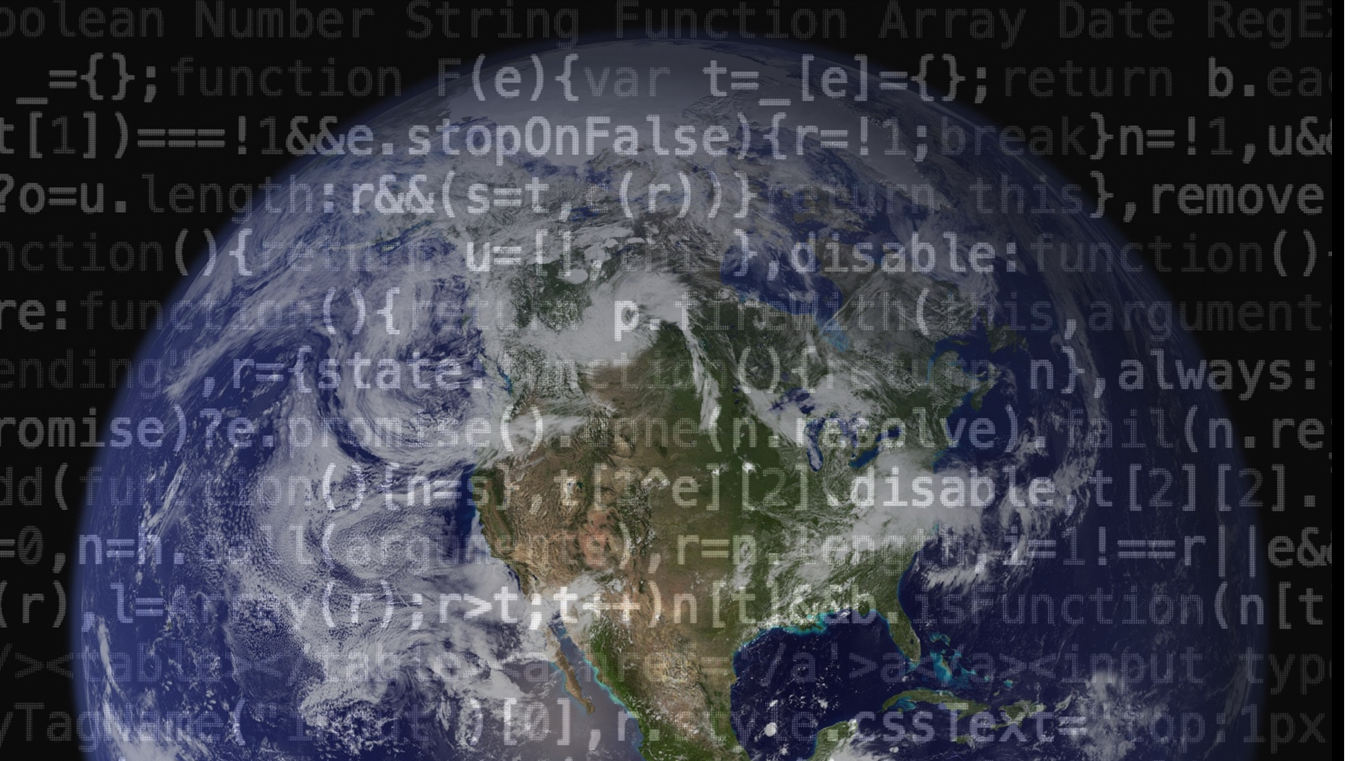We are in the midst of an AI boom. Over the last several months, AI-powered text and images (referred to as foundation models) have captured everyone’s attention - and this is just the beginning.
Foundation models are trained on massive datasets (trillions of articles) and require tuning neural networks with hundreds of billions of parameters. Often, they use specialized hardware such as thousands of GPU’s and AI accelerators running for several days (if not months) to ultimately create a model that “wows” everyone. Once trained, running these models (referred to as inference) also requires significant computing power since billions of operations run for every query.
While the cost of training and inference of these AI models is in the millions of dollars, an often overlooked factor is the energy required to run these models. Since these are run in vast massive data centers and served over the internet, we often don't realize their environmental implications. The potential impact of AI on our planet is an uncomfortable reality. For example, some experts estimate GPT-3 consumes the equivalent of 123 gas-powered vehicles driven for one year.
Checkout-free technology like Zippin uses AI models to track customer activities and product movements so customers never have to stand in checkout lines, giving them back valuable time in their day. Unlike the generative AI models, Zippin technology leverages physical spaces fitted with smart sensors (such as cameras and shelves) that capture input data for these AI models. This begs the question - is checkout-free great for shoppers but bad for the planet?
At Zippin, we are committed to reducing the energy footprint of our technology by employing the latest in AI innovation. We deploy the most compact and lightweight AI models available, utilize high efficiency AI sensors and deploy cameras that consume less than 5 watts of power. Plus, Zippin’s AI runs on embedded computing and specialized accelerators for the most energy efficient inference.
While Zippin’s technology is designed be very efficient, the issue of tapping into limited energy resources was a moral dilemma for me when we first launched AI-powered stores. I resolved this dilemma after a thorough cost-benefit analysis. Zippin utilizes energy to conserve an even more precious resource - time. When we save people their personal time, they can spend it doing good for the human race and our planet.

This was illustrated when a physician friend of mine was visiting Denver and waited 20 minutes in line to grab her morning bagel before work. I think we’d all agree her time would have been better spent treating patients instead of standing in line for breakfast. If this is NOT a perfect utilization of AI to conserve human energy then let me know what is?





